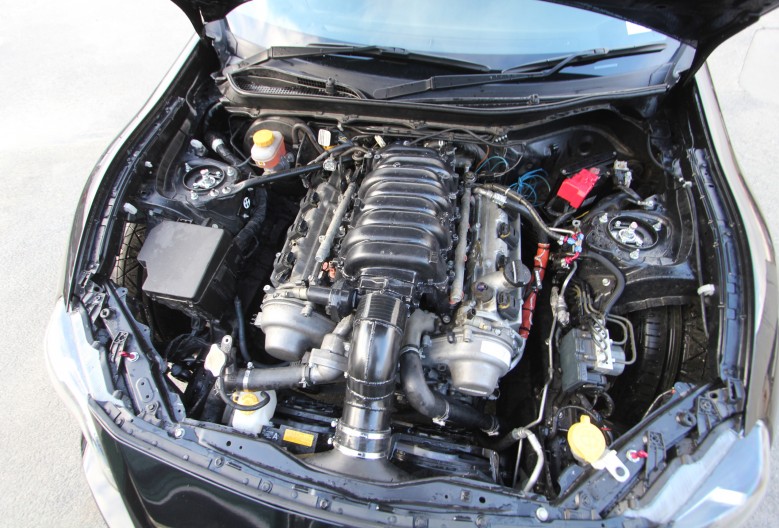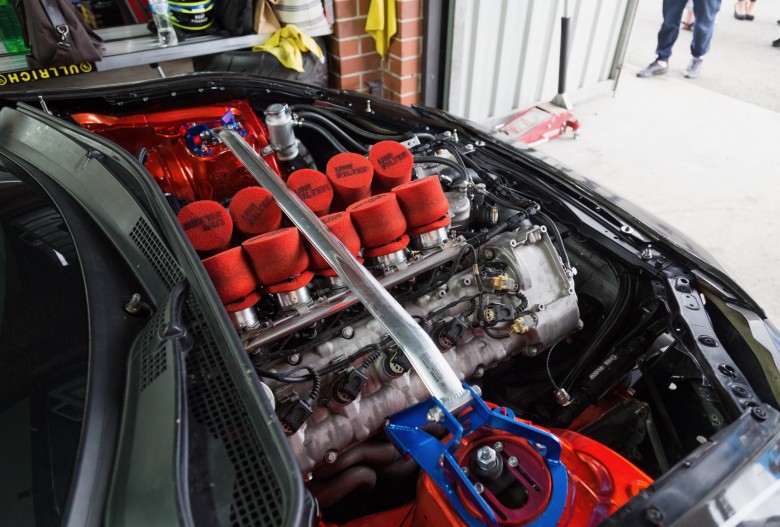This knowledge was taken direction from the WinOLS Mastery: Map Identification and Editing course. Enrol instantly.
One critical aspect when modifying the calibration of a factory ECU using software like WinOLS, ECM Titanium, Dimsport Race and similar is performing what's referred to as checksum correction. Despite being a frequently discussed topic, there isn't a wealth of accessible information on what checksum correction entails or the steps involved in the process. However, understanding and correctly implementing checksum correction is essential, as failing to do so can result in a car that won't start.
What is a Checksum?
A checksum is a value calculated based on the contents of a block of data within the ECU. It acts as a form of error checking, verifying that the data read by the ECU matches the checksum. Think of it as the total value of all bits of information within the ECU's memory. If any data within the ECU's memory is altered, the original checksum will no longer match signaling to the ECU that something is wrong. This discrepancy can prevent the car from starting, as the ECU cannot ensure the data's accuracy and may prevent any engine operation to avoid potential damage or failure.
Why is Checksum Correction Necessary?
When we modify the ECU's map or change some data values, the original checksum will not correspond with the altered data, which as explained above will leave the car unstartable. To ensure the ECU functions correctly, a new checksum must be calculated after any modifications, aligning the checksum with the updated data. This process ensures the ECU reads the data correctly, preventing startup issues and allowing the tuning process to proceed smoothly.

Evolution of Checksum Correction
In the early days of ECU tuning software like WinOLS, checksum correction required significant manual effort from the tuner. Nowadays, the process is typically automated by the flash hardware used to write the file to the ECU. This advancement means the hardware interface handles checksum correction in the background, simplifying the task for tuners. However, in rare cases where the hardware interface doesn't support automatic checksum correction, third-party services can provide this function. It's advisable to use an interface capable of handling checksum correction to avoid these complications.
Precautions and Best Practices
When modifying ECU data, it's crucial to avoid altering data outside the designated checksum area, as this can interfere with external checksum calculations in some tools. WinOLS will alert you if you're making changes outside these bounds, and it's best to heed these warnings to prevent potential issues.

Conclusion
To summarize, a checksum ensures the integrity of the data the ECU reads. Any changes to the ECU's memory require recalculating the checksum to match the new data. Incorrect checksums typically prevent the engine from starting, but modern hardware interfaces usually automate this correction. Understanding and properly managing checksum correction is vital for successful ECU calibration and tuning.
If you'd like to put this knowledge into action and learn how to create your own tune files (aka calibration files, map packs, XDF files, DAMOS files, binary files, hex files etc), the WinOLS Mastery: Map Identification and Editing course is for you. Enrol today.







Comments
No one has commented on this page yet.